When Bayern Munich and Borussia Dortmund square off in another instalment of “Der Klassiker,” on Saturday (LIVE at 12:30 p.m. ET on ABC/ESPN+ in the U.S.), the two Bundesliga giants will do so wearing their respective signature red and yellow-and-black kits.
Both clubs’ uniforms this season are suitably stylish outfits. But they are not the best either team has ever worn or, by any means, the worst.
Germany’s top league has had its fair share of iconic creations down the years including special one-off kits, jerseys designed by fans and leaps forward in shirt sponsorship. However, there have also been plenty of design disasters through the years, even among the biggest clubs.
Here are the 10 best and worst kits in Bundesliga history, ranked!
– Stream ESPN FC Daily on ESPN+ (U.S. only)
– ESPN+ viewer’s guide: Bundesliga, Serie A, MLS, FA Cup and more
BEST
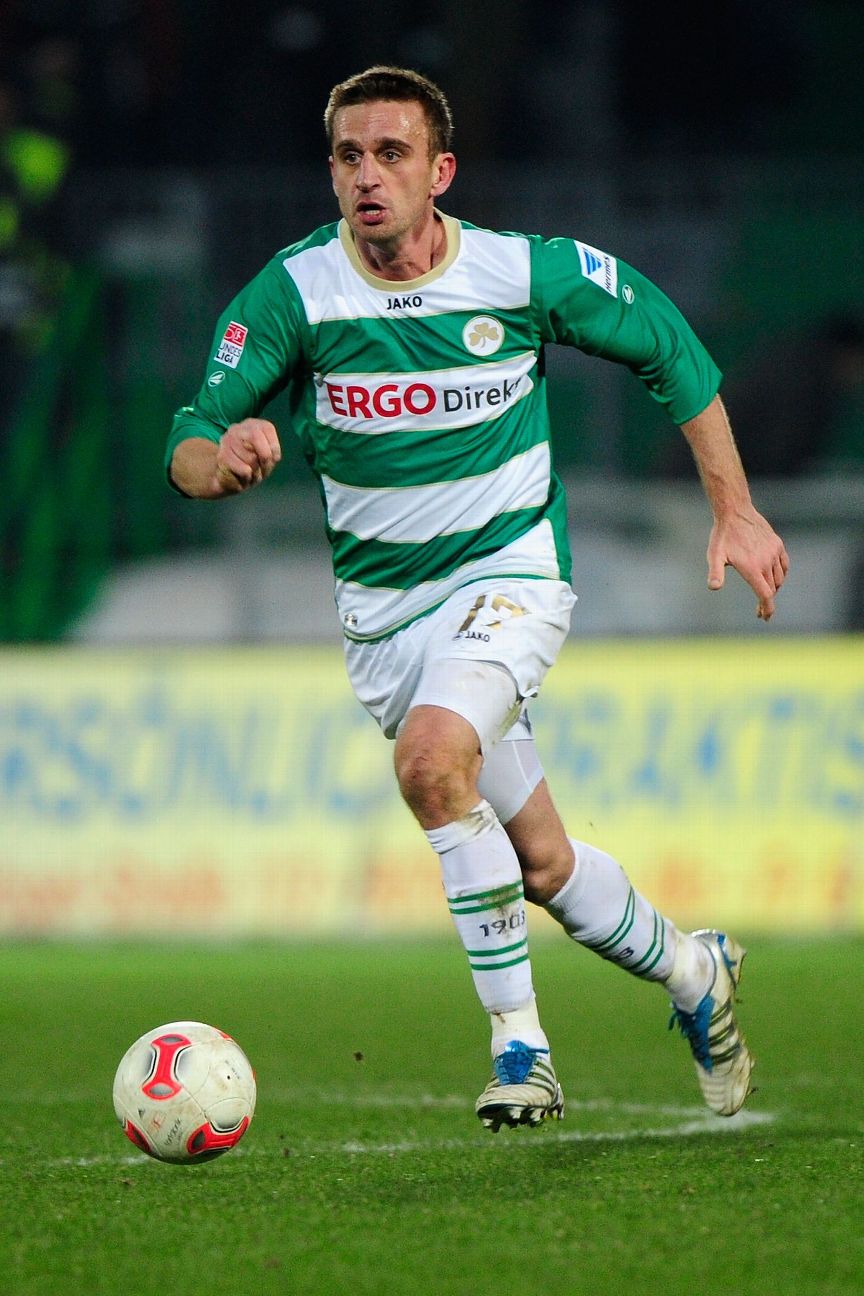
The three-leaved shamrock of Greuther Furth — taken from the Bavarian city’s coat of arms — has only ever been seen once in the Bundesliga. The legacy of their sole year in Germany’s top flight is this fine kit. The simplistic design features gold trim on the collar and sleeves, a subtle image of the Furth skyline on the front and a larger shamrock on the back.
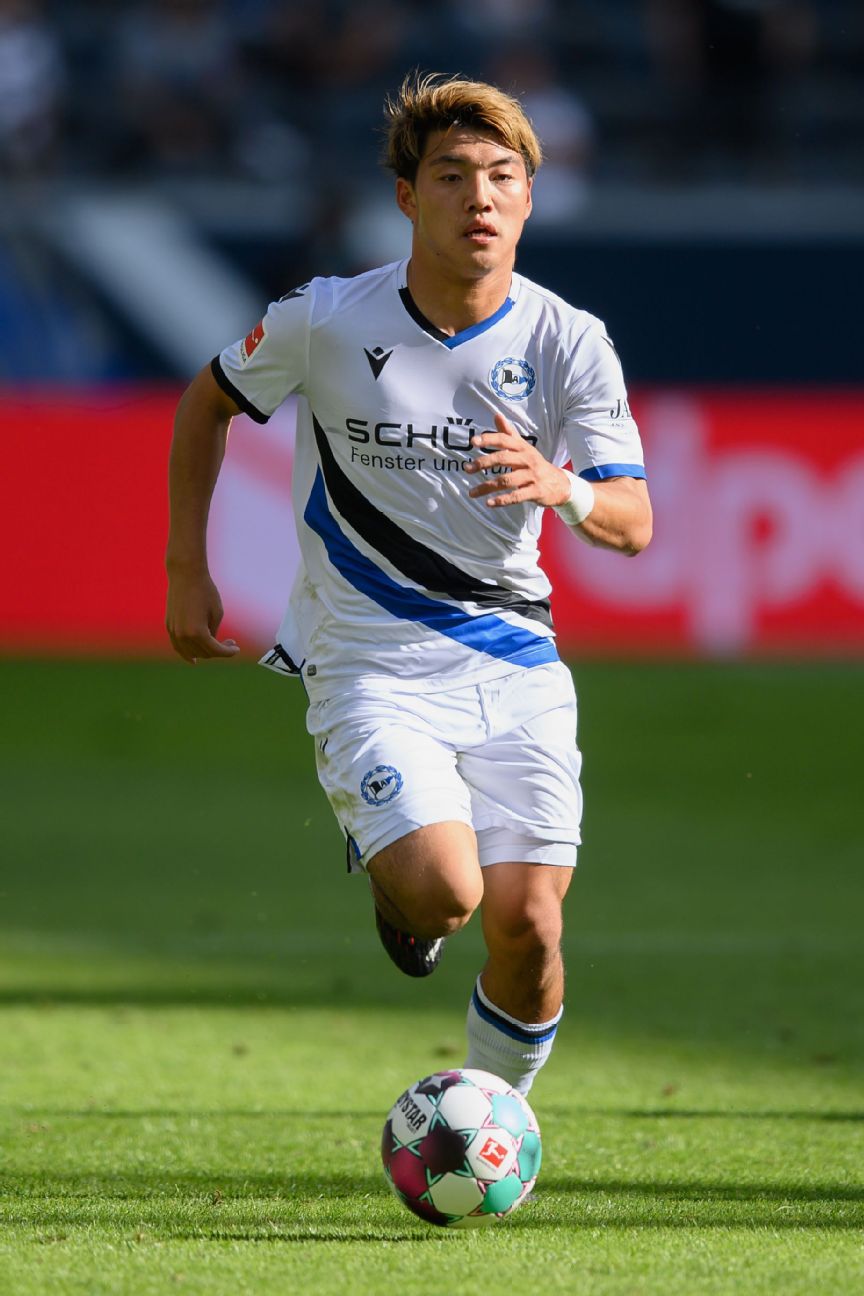
An instant classic by Macron for this season’s home and away designs. Bielefeld, making their return to the Bundesliga after more than a decade away, have provided a fresh take on the sash that was used on their first ever kit 115 years ago. The third kit is also a nod to the club’s history, harking back to their first ever match when they borrowed orange kits from the nearby Netherlands as their own could not be made in time.

The club hailing from the shores of Baltic Sea in Germany’s old east won promotion to the top flight in 1991 and competed in the first Bundesliga season of the newly-reunified nation. They did so wearing a distinctive kit that needs to be seen from the front and the back to be fully appreciated. On the final day of the season, Rostock ended Eintracht Frankfurt’s title hopes with a 2-1 win. Rostock were still relegated, but they have returned to the top flight several times since.
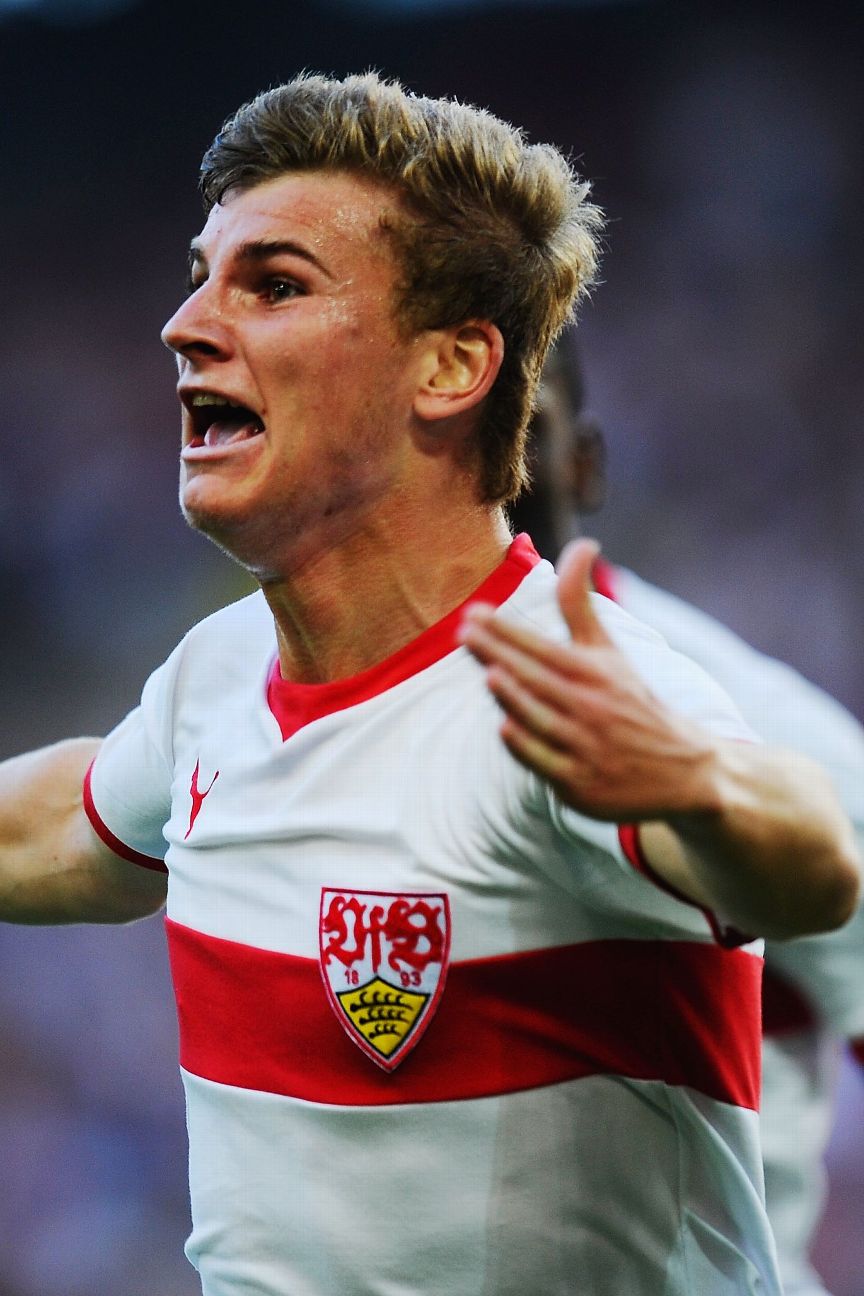
This kit was worn only once, on Sept. 22, 2013 to commemorate Stuttgart’s 120th birthday. A young Timo Werner was among the players who took to the pitch in a white, sponsor-free jersey with a single red hoop around the chest for the first time in 40 years. That day, Stuttgart played out a 1-1 draw with Frankfurt in which the 17-year-old Werner scored his first-ever goal in professional football.
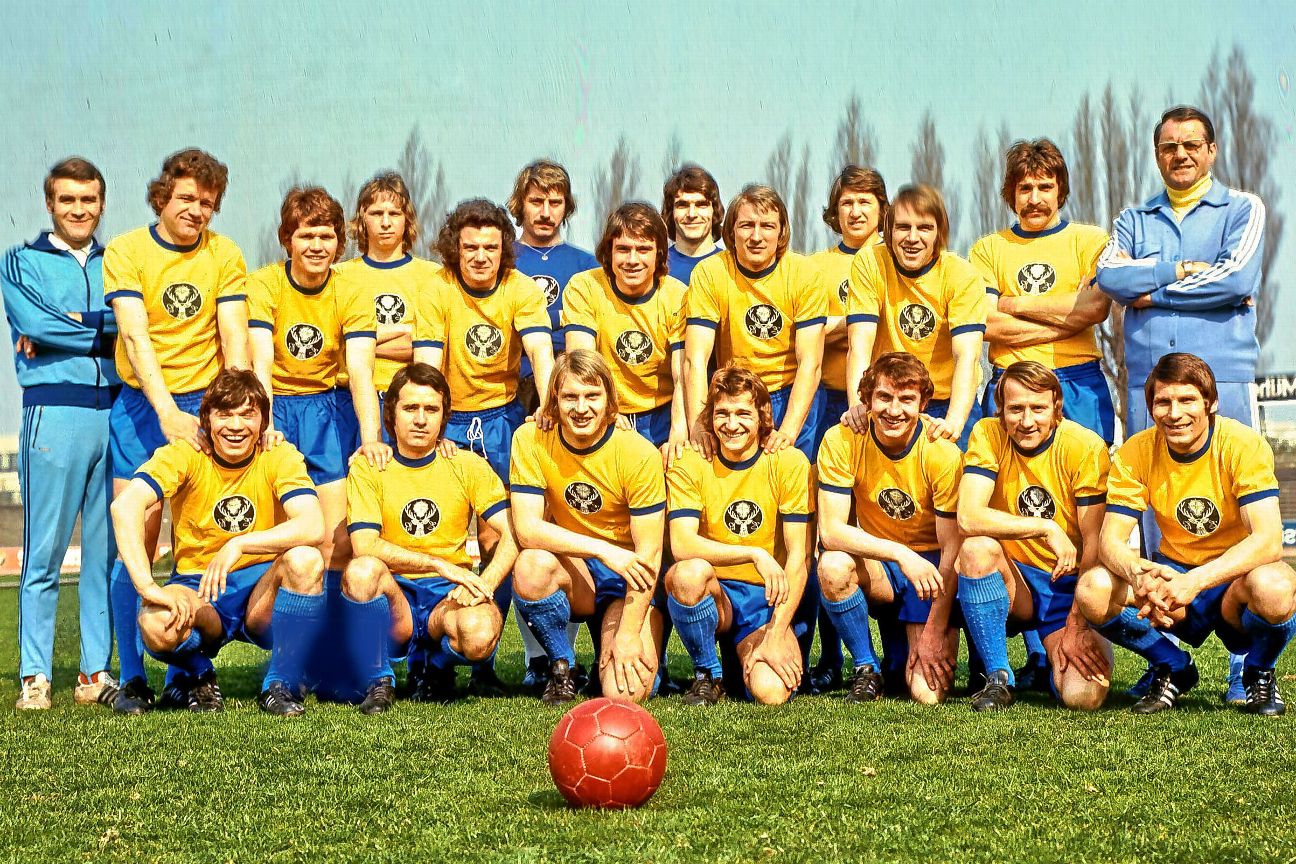
The first Bundesliga kit to have a shirt sponsor was a memorable one: the logo of liquor brand Jagermeister. The owner of the digestif manufacturer, Gunter Mast, had previously sponsored a local ice hockey team before turning his attention to football. Following long negotiations with the German FA, Braunschweig were allowed to take to the pitch with the deer’s head logo on the chest on March 24, 1973. In the first season, Mast paid the club 100,000 Deutschmarks (around €50,000 today). By early 1979, all Bundesliga clubs had jersey sponsors. Mast tried to take things a step further in 1983, but his attempt to get the club’s name changed to Jagermeister Braunschweig failed.

Gladbach won the Bundesliga in this classic kit, their last without a sponsor. Gladbach’s home jerseys had gone through several changes during the early years of the Bundesliga. At times, they had the black-and-green stripes as a block on the left, while others had a green band down in the middle with one black stripe on either side. This kit, released right in the middle of their most glorious era, was by far the most successful variation.

Samson got more than just their name across the front of Dortmund’s jersey for their money; the club even changed their crest to the lion logo of the Dutch tobacco brand. However, Dortmund’s dreams went up in smoke at the end of Samson’s sponsorship. They lost their last match of the 1977-78 season 12-0 against Borussia Monchengladbach, leaving the club looking for a new coach as well as a new sponsor, and reverting to their iconic “BVB” crest.
3. Bayern Munich: home, 2013 Champions League final and 2013-14 (Adidas)
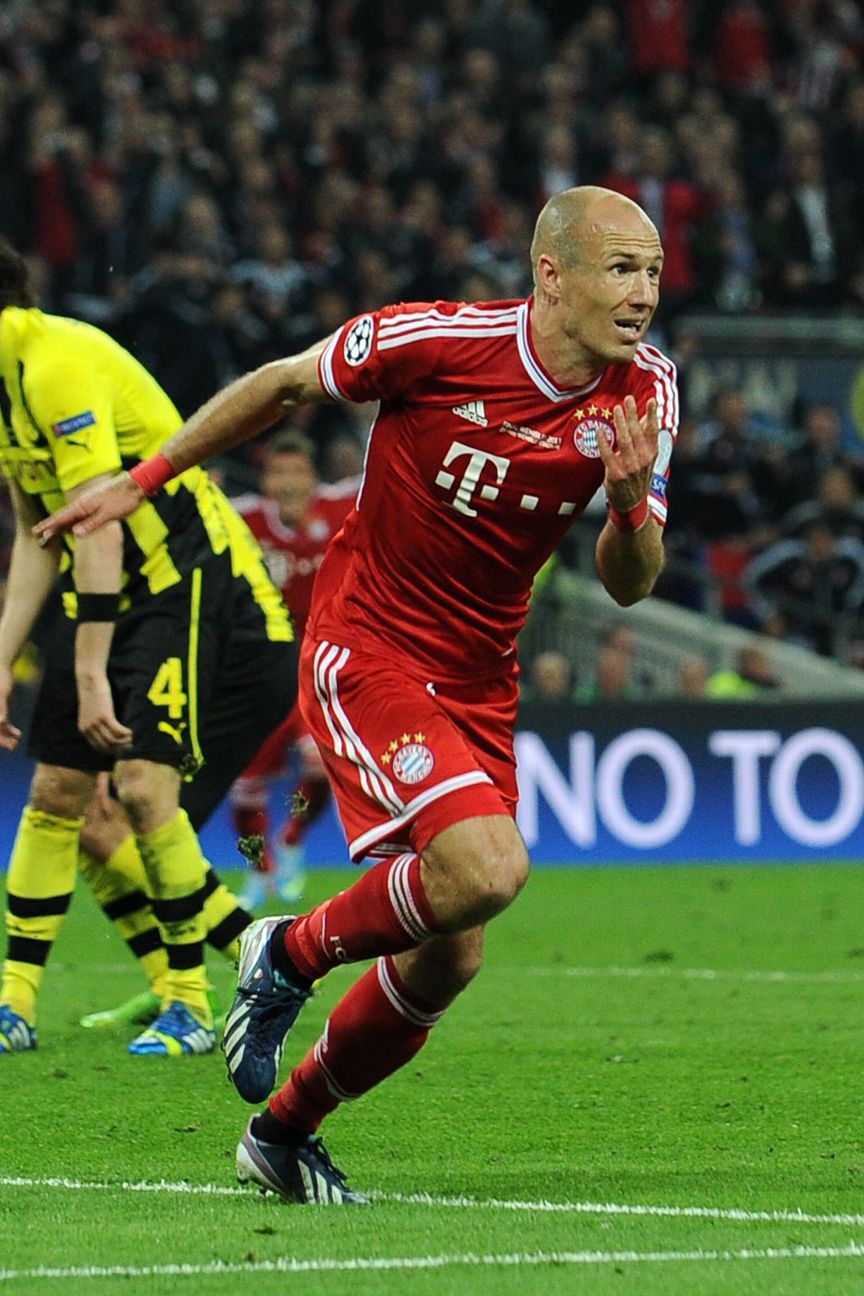
The first time this kit was worn heralded the beginning of a peak period for German football as one of the all-time great Bayern teams beat Borussia Dortmund in an all-Bundesliga Champions League final. As if they had seen it coming, Adidas gave Bayern an iconic kit for the final and also for the following season, which culminated with Germany’s national team winning its fourth World Cup.
A classic dark red with white stripes all the way down the shoulder, shorts and socks, there were only minor changes from the 2012-13 home kit which had been worn in the 2012 Champions League final defeat against Chelsea — the golden stripes were exchanged with white stripes, in tune with the club colours. Three years later, Bayern wore a very similar, all-red design that was made entirely from recycled plastic bottles collected after washing up on the shores of the Maldives, for one match only.
2. Hamburg: home, 1982-1983 (Adidas)
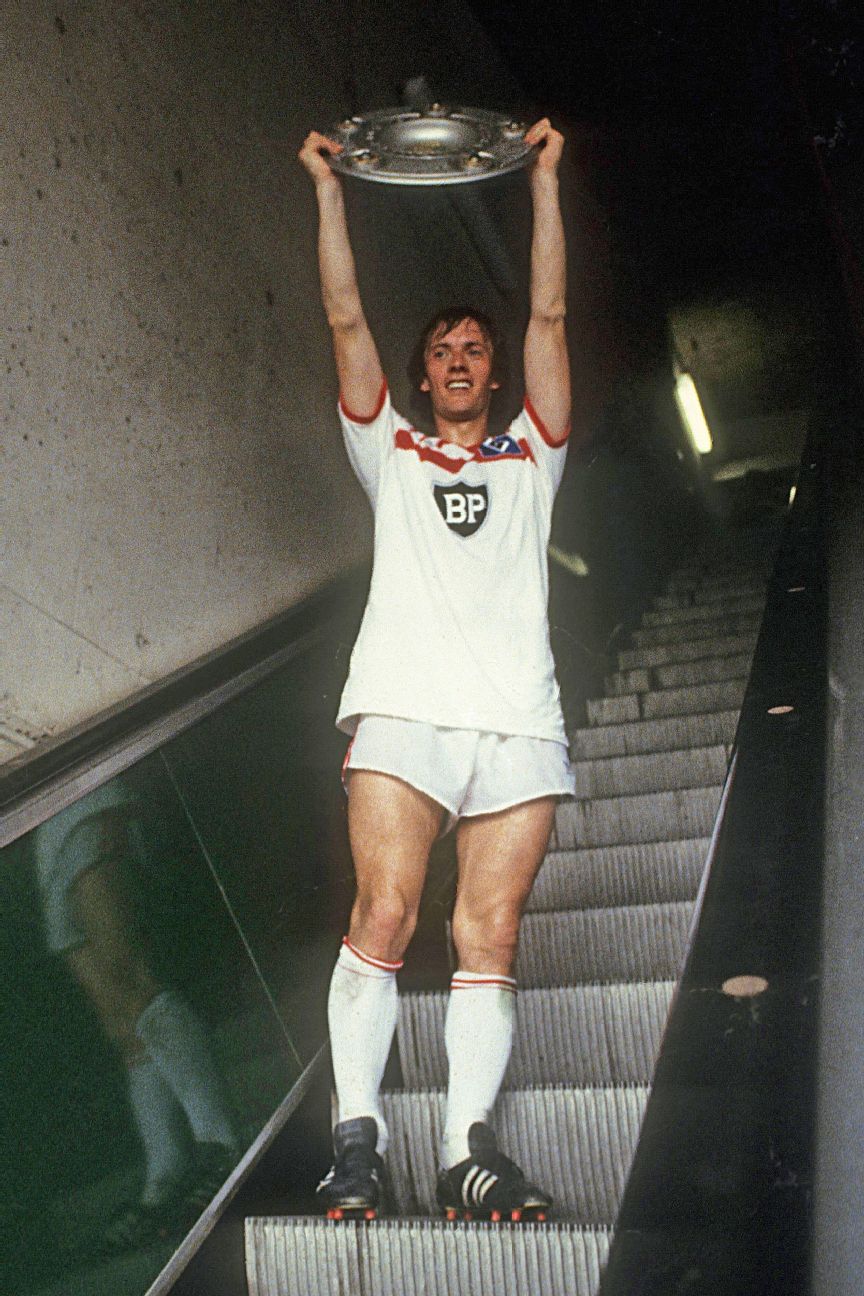
Hamburg’s “Meisterjersey” was specially designed for the final match of the 1982-83 season, when the Bundesliga title race went to the wire. Equal on points with Werder Bremen but with the goal difference in their favour, Hamburg travelled to Schalke, while Bremen hosted Bochum. The German FA decided that Bremen were more likely to win the league and sent the original Meisterschale trophy there, but Hamburg beat Schalke and lifted the replica at the Parkstadion.

Simple and wonderful, this kit ticks all the boxes: the club colours used in a distinctive way, a local sponsor (chemicals company Hoechst) and a cup final win while wearing it. What makes the design even more special is that an Eintracht Frankfurt fan was responsible for it.
The story, told in Stefan Appenowitz’s outstanding book “Trikotbuch: The history of Bundesliga kits from 1963 until today,” goes that Peter Wuschek presented his idea to the club after he was disappointed by the previous season’s design. When the club ended its relationship with manufacturer Adidas in 1987, Wuschek received a short message confirming that new supplier Puma would be using his design. It was well worth the wait.
WORST
10. Eintracht Frankfurt: away, 1993-95 (Puma)
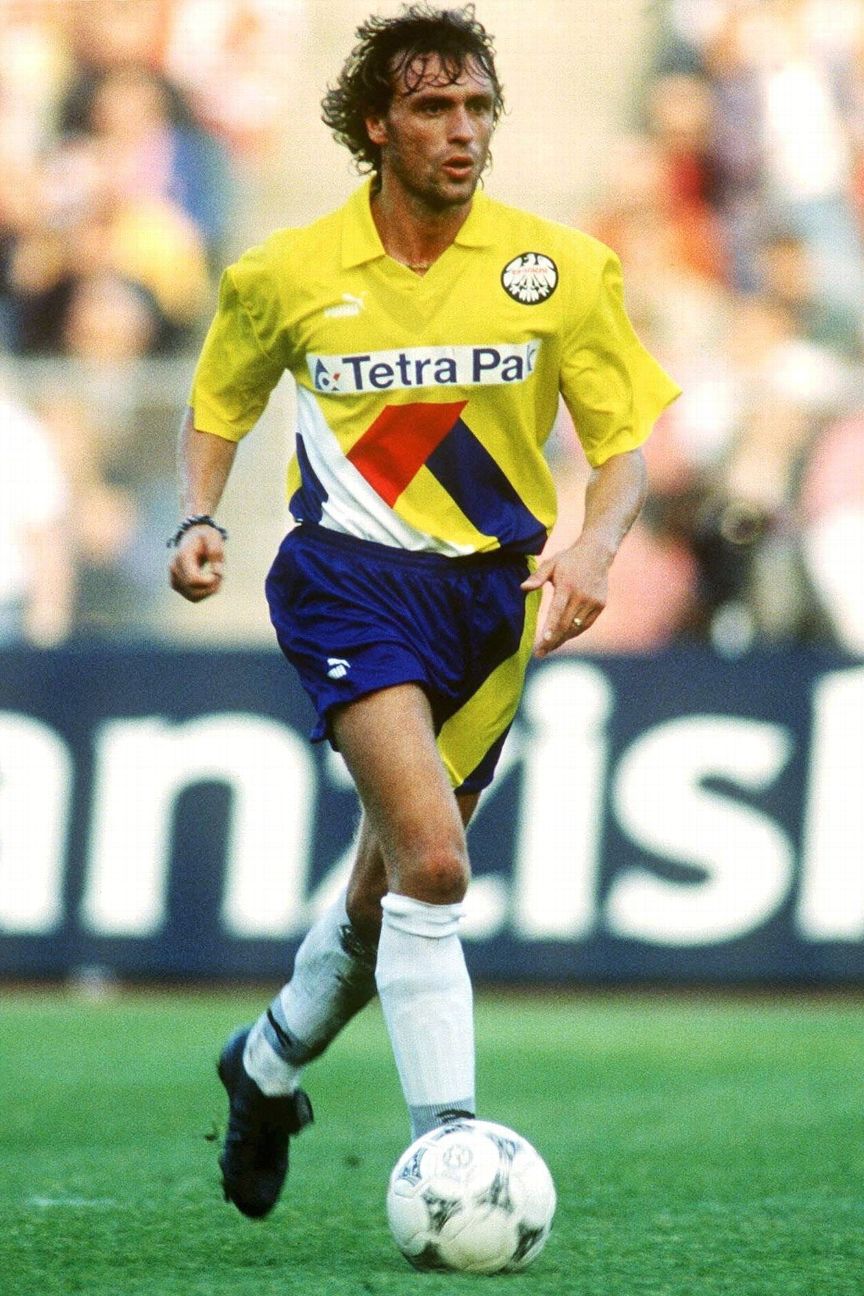
In the mid-1990s Frankfurt got a new sponsor, Tetra Pak, who demanded the club had a yellow kit. Frankfurt were happy to oblige as part of the most lucrative sponsorship deal in their history.
This change coincided with a drastic downturn in the club’s fortunes, though, as they went from regularly finishing near the top of the table at the start of the decade to suffering their first-ever relegation to the 2.Bundesliga in 1996.
9. 1860 Munich: home, 1994-95 (Lotto)
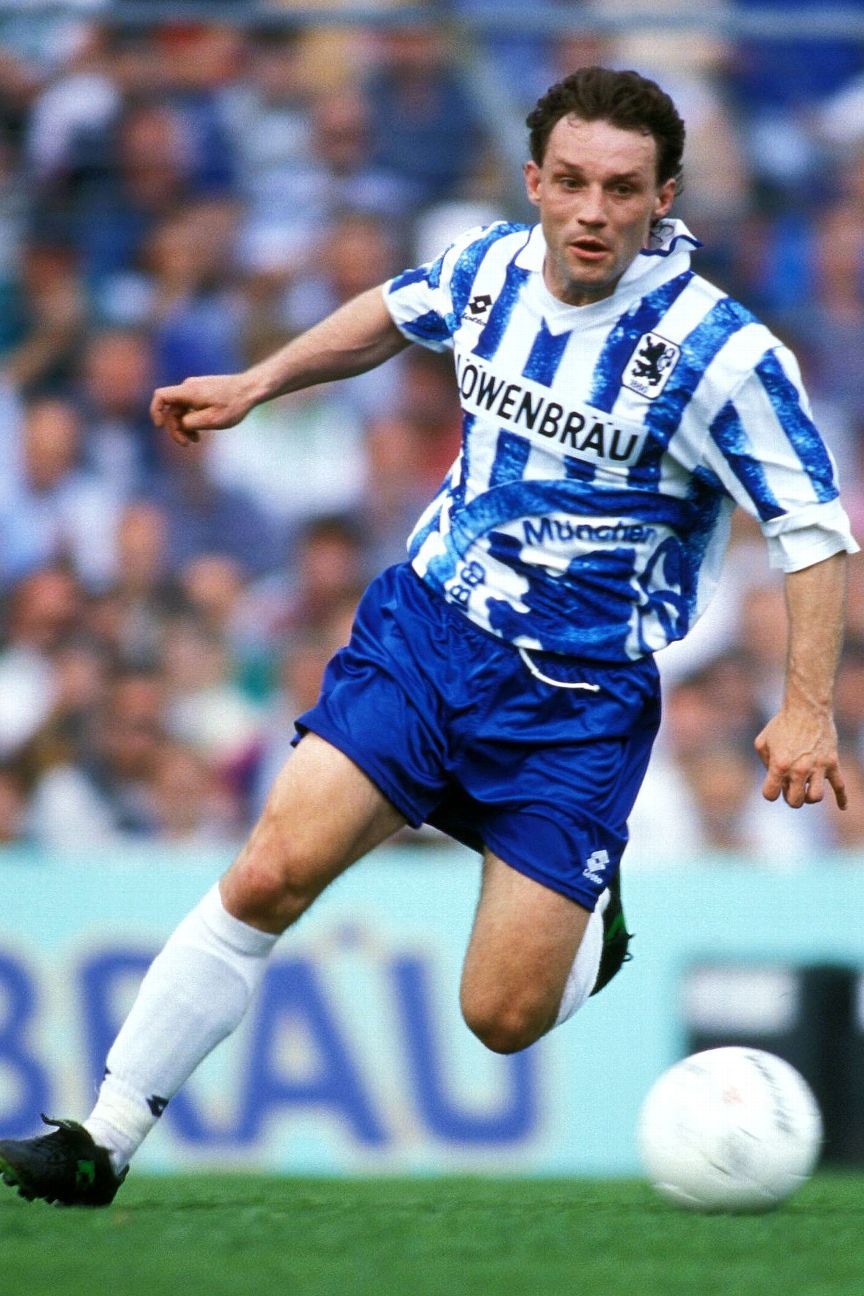
Bayern Munich might be one of the world’s biggest clubs, but local rivals 1860 have always been in the hearts and minds of those from the Bavarian capital. When they returned to the top flight in 1994, Italian sportswear brand Lotto made the jump into the Bundesliga for the first time. For the second half of the season, Lotto put a giant club crest on the bottom half of the jersey and gave the blue stripes a stonewashed denim effect. Despite being horrendous, the jersey is now a cult favourite among 1860 fans.

The final chapter in Dresden’s Bundesliga career. The club went bankrupt wearing this kit, were relegated with only 16 points and had to start all over again in the third tier. They have never returned to the Bundesliga. The design they wore in the season following relegation was even worse, but it was hidden away from the public as they were playing in the lower reaches of the German league system.
7. Mainz: home, 2018-19 (Lotto)
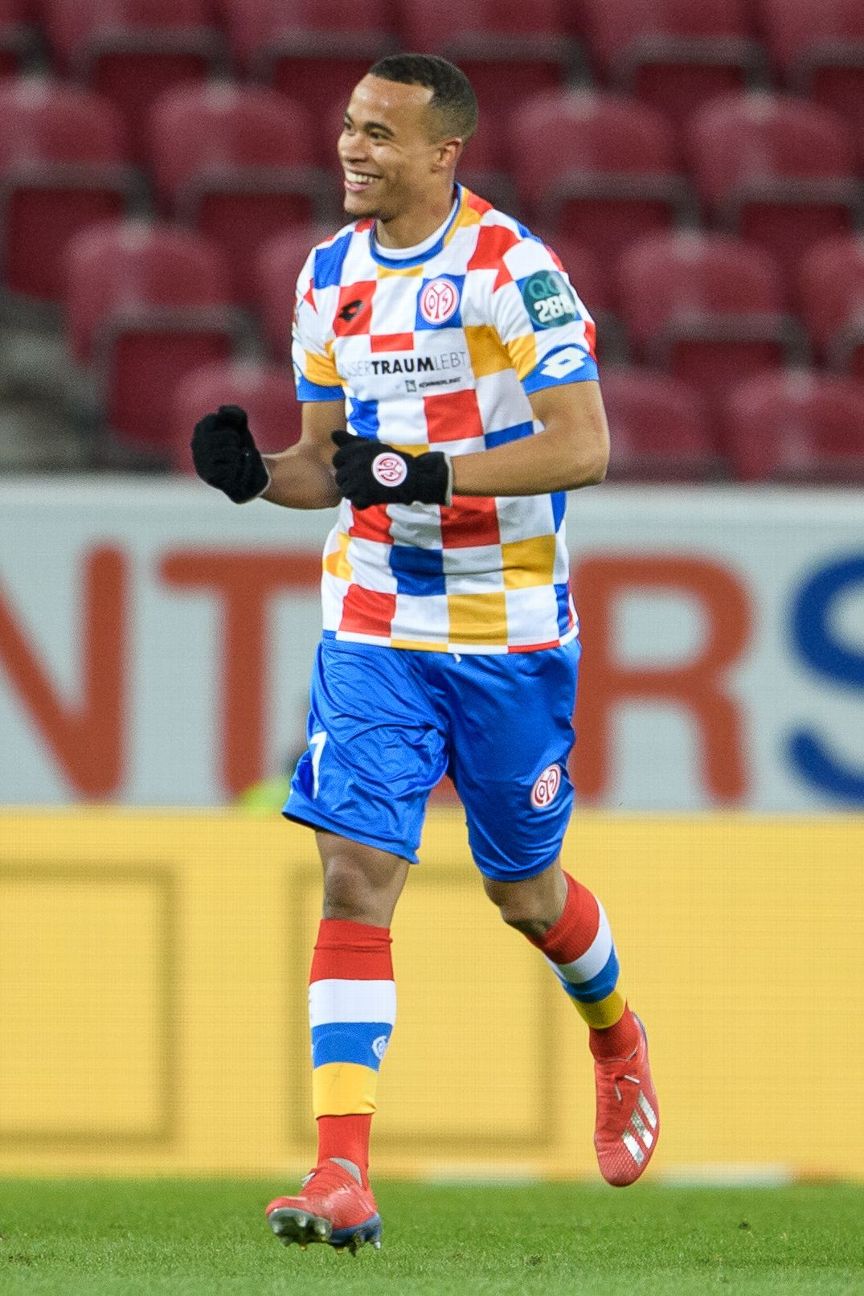
Carnival time is taken so seriously in some parts of Germany that it is known as the fifth season of the year. Cologne wore the first ever special kit for the occasion in 2013, and brought the custom with them into the Bundesliga when they were promoted the following year. They even continued to release a special shirt last year, despite the actual carnival being cancelled.
Mainz, a club representing another German carnival hotspot, followed suit in early 2016 to celebrate the club’s 111th anniversary. The 2019 version is strong evidence for the case against them making it an annual tradition, although their 2021 jersey did come with a free bar tab for every purchase.
6. Bayern Munich: away, 1994-96 (Adidas)
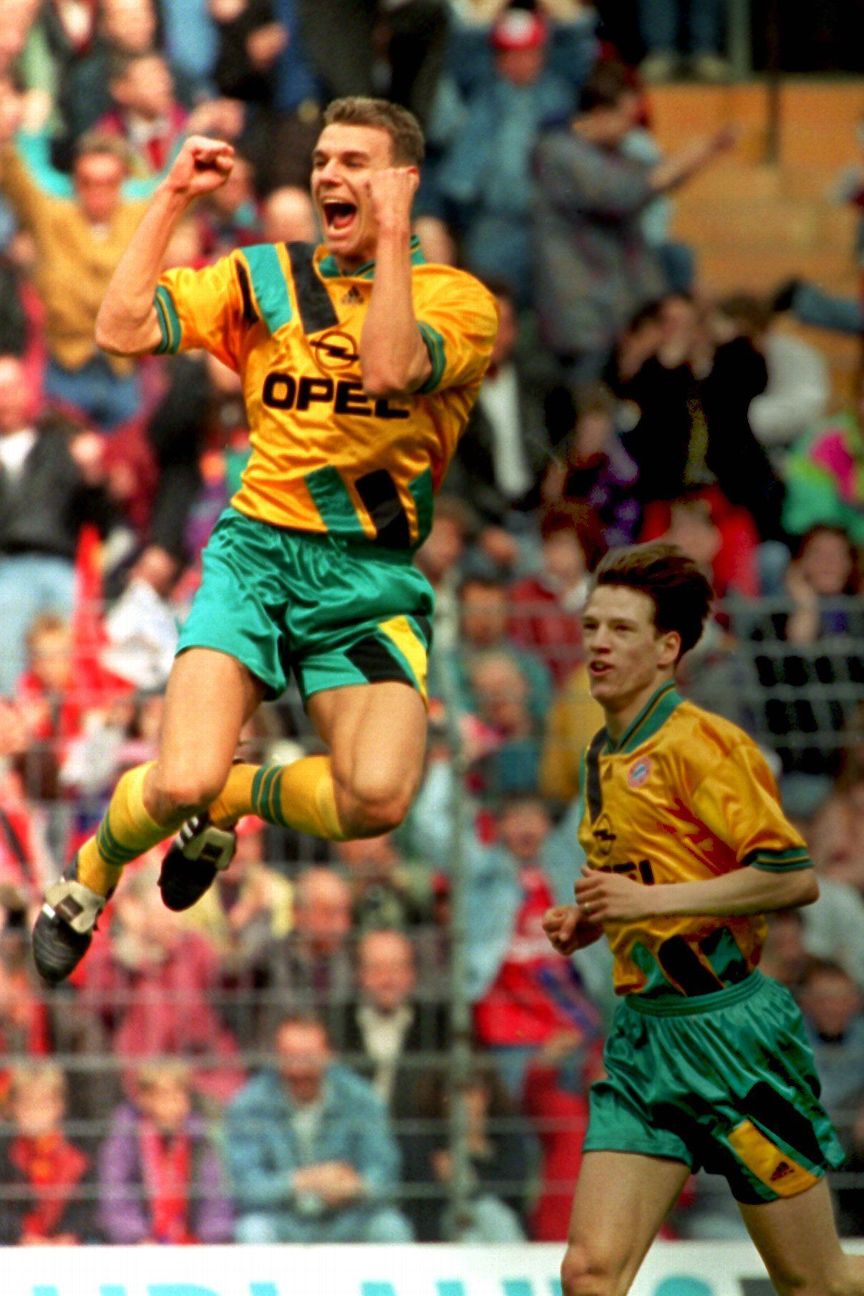
This design disaster, with its neon colours and stripes, decorated a jersey which fit like a hessian sack. The template itself was used widely by Adidas at the time but this colourway was by far the worst example. No wonder Borussia Dortmund won back-to-back Bundesliga titles while Bayern had this kit in their locker.

In the 2006-07 season, Energie Cottbus, only the fourth Bundesliga team from the former GDR of East Germany, sported away kits which made them look like garbage collectors. Regardless, they had a successful season which included a 3-2 win at Dortmund’s Westfalenstadion. Dortmund coach Jurgen Rober was fired in the wake of that loss and the club only narrowly avoided relegation. The East German bin men had done their job.
If this kit looks more like one you would expect to see on a goalkeeper rather than an outfield player, that’s because it was also worn by the man between the posts at times in the same season (though never at the same time as the rest of the team.)
4. Freiburg: third, 2017-18 (Hummel)
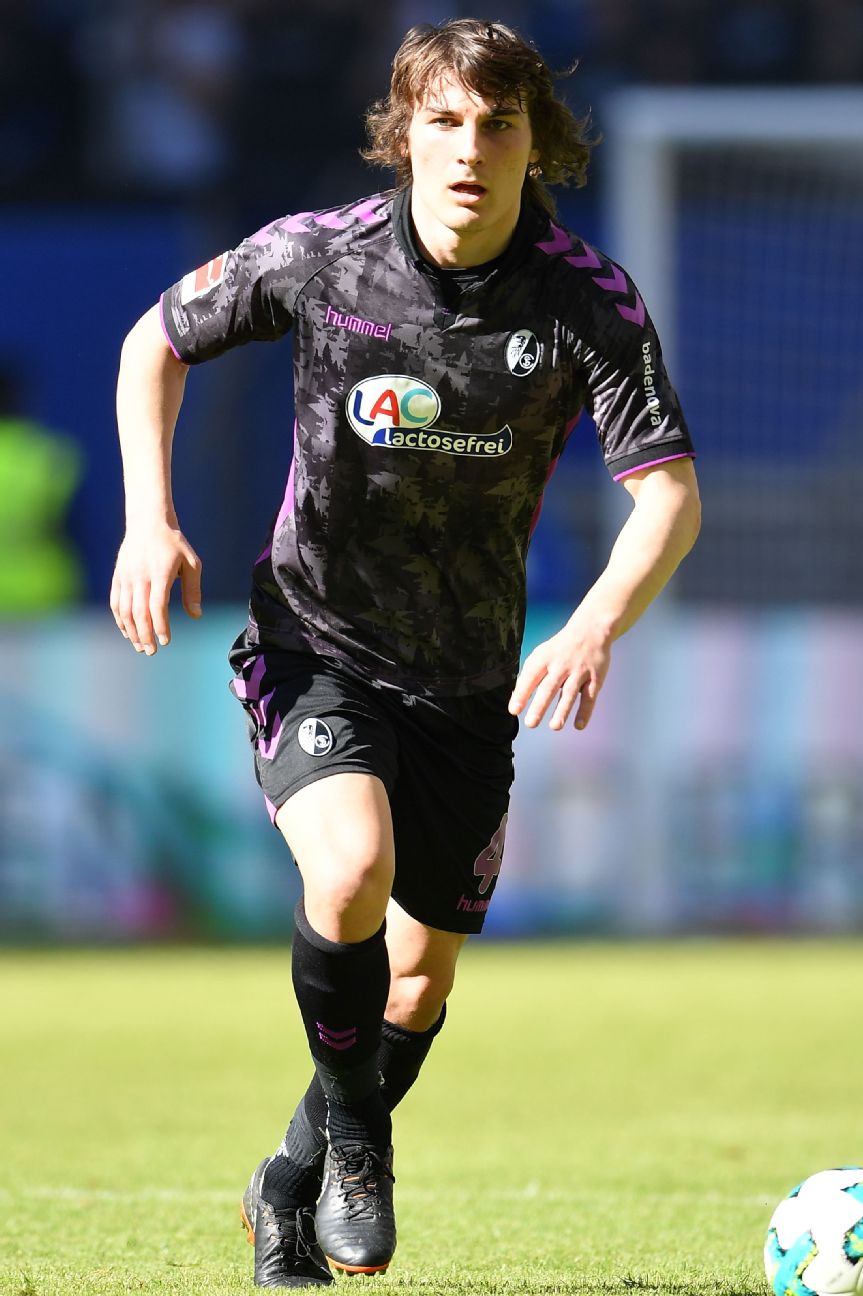
Okay, it’s just the third kit. Clubs are always likely to be less conventional designs for them. But this kit actually looks like a Black Forest gateau, the region’s famous chocolate sponge cake, complete with dashes of fruity purple. No wonder defender Caglar Soyuncu (pictured above) left the club for Leicester City at the end of the season.
3. Borussia Dortmund: away, 1991-92 (Nike)
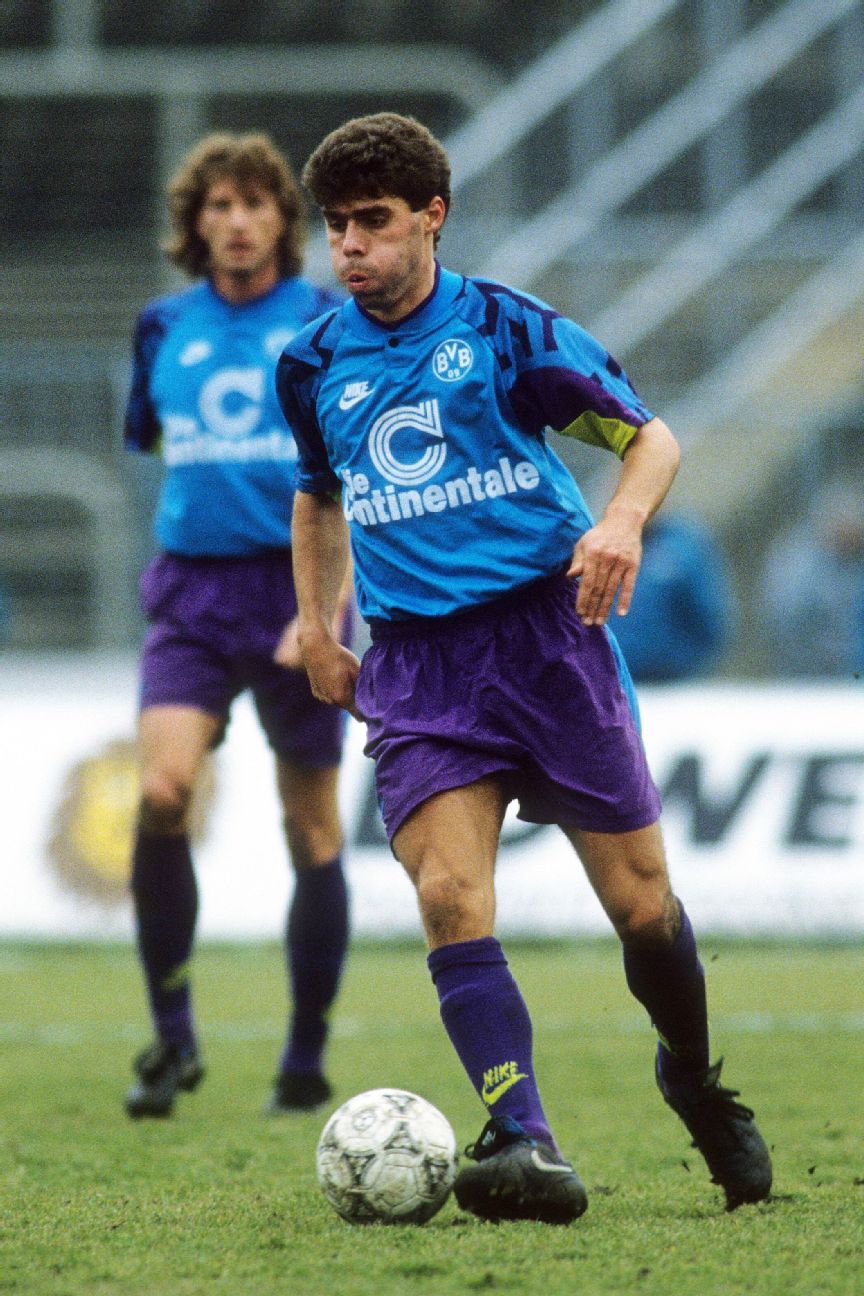
In 1990, Borussia Dortmund signed a kit deal with Nike, who took little time to make waves with their output. They used a more fluorescent yellow than fans were used to for the home jersey, and experimented with the away kits. The 1991-92 road strip stands out for its weird mixture of blue and purple.
Still, if fans were happy to see the back of Nike’s designs when the deal ended in 2000, worse was to come: that year, Dortmund founded their own sportswear company, the bafflingly titled Goool.de, but by 2008 it had ceased trading as its fate mirrored the financial travails of the club over the same period.
2. VfL Bochum: home, 1997-98 (Faber Lotto)
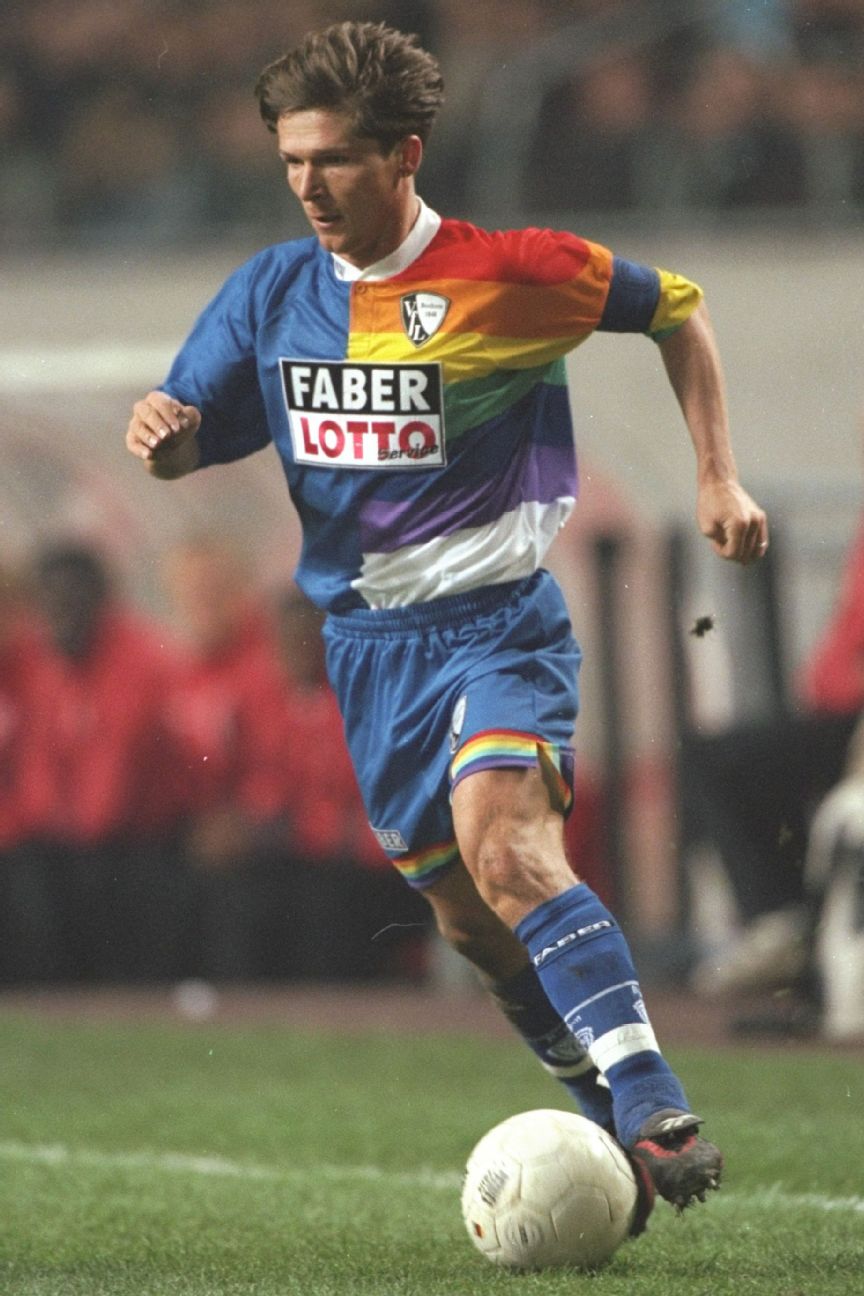
Already Bochum’s shirt sponsors, German gambling company Faber Lotto-Service had a go at being sports kit manufacturers in 1997 when they designed and made a jersey to celebrate the club qualifying for European competition for the first time. It didn’t go well — fans literally cried out in shock as the kit was presented in front of them.
However, in 2020, NBA star Gary Trent Jr. of the Portland Trail Blazers gave Faber’s design some redemption when he was pictured wearing that season’s goalkeeper jersey.
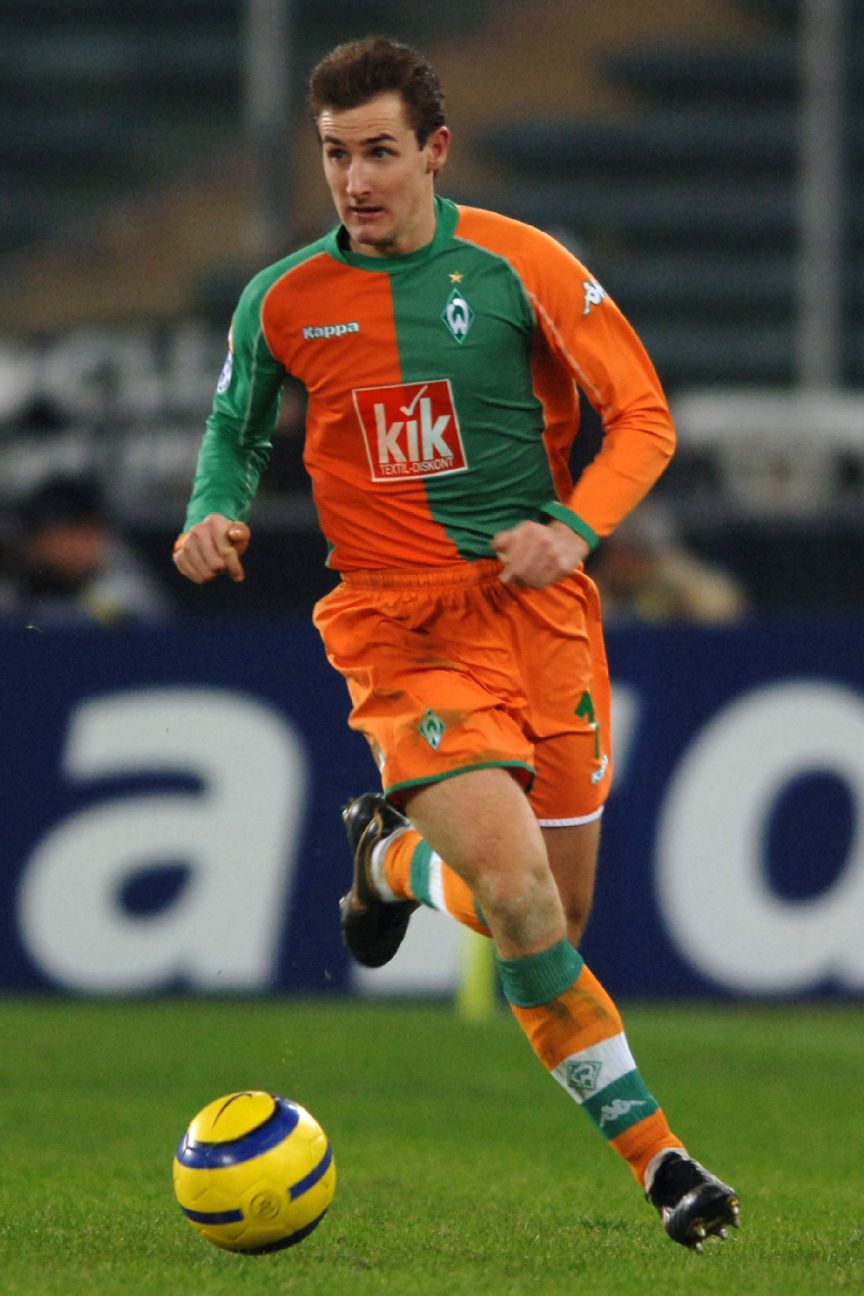
Bremen’s sponsor at the time was discount fashion outlet KIK, which is rather fitting for this abysmal kit that should have been consigned to the bargain rack at the back of the store.
This orange-and-green combo looks like a jester’s outfit — hardly befitting of a legendary striker like Miroslav Klose, who would finish this season with the Golden Boot at the 2006 World Cup and go on to become the tournament’s top scorer of all-time.